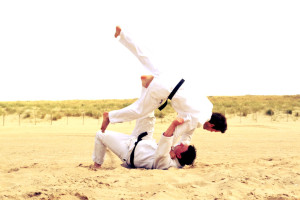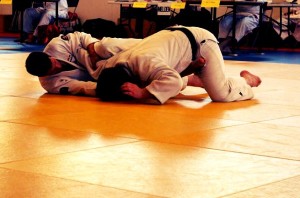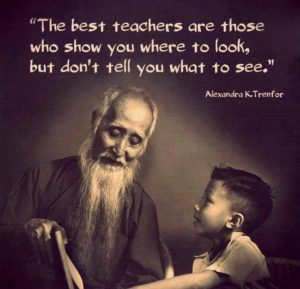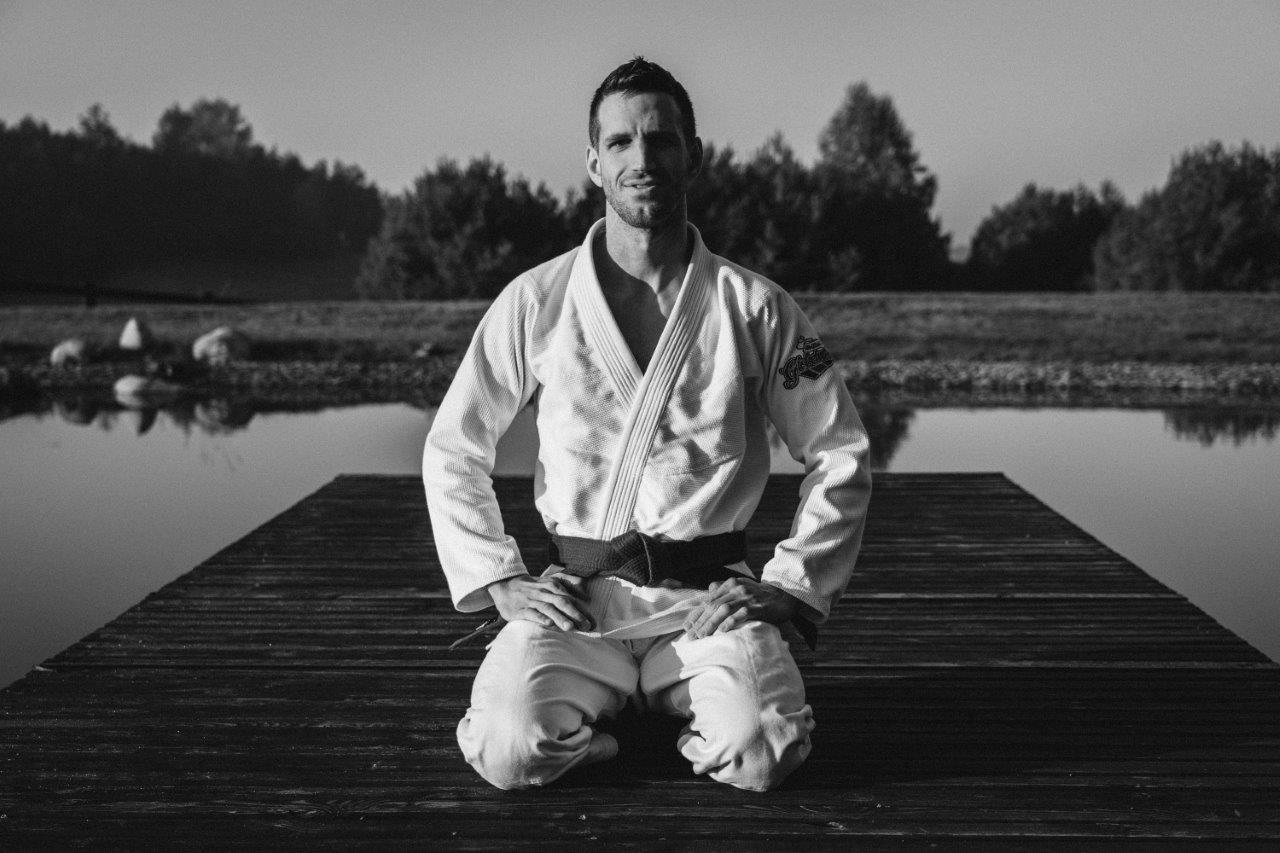Uke: From Passive Partner to Teacher
Blog by Sebastiaan Fransen, 5th dan Judo
https://www.spfransen.nl/uke-van-natte-krant-tot-leraar/
In judo, the terms tori and uke are frequently used. Tori is typically described as the one performing techniques (the “taker”), while uke is the one receiving techniques. However, this simple definition can spark philosophical debates about who truly gives or receives. This topic has been thoughtfully addressed by Mitesco in his blog “Torificatie van het judo.” I’ll reserve this intriguing discussion for another occasion.
 Instead, this blog will explore the developmental stages of uke—from passive recipient to active teacher—and how each phase significantly impacts the practice and understanding of judo.
Instead, this blog will explore the developmental stages of uke—from passive recipient to active teacher—and how each phase significantly impacts the practice and understanding of judo.
Uke as a Passive Recipient
Early in my judo journey, being uke was sometimes seen as undesirable—a “loser” position. Correct breakfalls (ukemi-waza) weren’t prioritized, as a “good judoka never falls.” This view placed excessive emphasis on tori, focusing exclusively on winning and throwing. Uke became passive, unresponsive, and often resembled a “wet newspaper.”
This mindset negatively impacted both judoka. Uke learned little and risked injury when falling inevitably occurred, while tori faced difficulty practicing techniques against an unwilling uke.
Thankfully, this outdated and harmful perspective is no longer prevalent, as modern judoka recognize harmony as a fundamental principle in judo.
Uke as a Spring
Unfortunately, harmony was initially misunderstood, transforming uke into an overly cooperative “spring.” Tori would barely initiate a throw, and uke would unrealistically leap through the air.
 This stage remains visible occasionally as part of uke’s learning curve. However, excessive cooperation prevents both judoka from genuinely learning judo principles. This approach becomes theatrical rather than realistic, reducing randori and kata to mere performances. Cichorei Kano described this well: “You see an exercise of 1+1 persons instead of an exercise between two people.”
This stage remains visible occasionally as part of uke’s learning curve. However, excessive cooperation prevents both judoka from genuinely learning judo principles. This approach becomes theatrical rather than realistic, reducing randori and kata to mere performances. Cichorei Kano described this well: “You see an exercise of 1+1 persons instead of an exercise between two people.”
Uke as a True Partner
Ideally, uke evolves into an active partner. Rather than voluntarily placing themselves off-balance or jumping prematurely, uke maintains realistic tension from their hara (core), reacting naturally and logically.
Uke continually seeks optimal training conditions for tori, gradually increasing resistance as tori’s skills improve. A common question arises: “If uke doesn’t resist, won’t the technique fail under actual resistance?” Yes, partially. Initially, however, tori must master techniques without resistance before gradually facing realistic conditions—similar to learning to drive before navigating busy traffic.
If a technique consistently fails against resistance, it’s either due to improper application of judo principles or inherent flaws in the technique itself, prompting refinement or abandonment.
Uke as a Teacher
The highest level for uke is embracing the role of a teacher. Dojos that adopt this philosophy often produce exceptional judoka, as everyone contributes to collective improvement.

Uke actively analyzes tori’s techniques, adjusting training scenarios and providing feedback. For instance, if tori loses control during a choke, uke returns to the starting position to collaboratively identify issues and improvements, encouraging self-discovery.
Uke Also Learns
The ultimate uke engages actively, not just facilitating tori’s learning but also continuously advancing their own skills. This proactive stance allows uke to refine ukemi-waza, tai-sabaki (body movement), posture, breathing, and deeper understanding of judo principles. Furthermore, philosophical concepts of “receiving” can extend to daily life.
Uke also learns by observing tori closely: How does tori achieve kuzushi (balance-breaking)? Where are potential technique vulnerabilities? Are techniques innovative or performed uniquely? This ongoing analysis deepens uke’s understanding of judo.
This active approach isn’t easy but is essential for embodying judo’s core principles: maximum efficiency (seiryoku zen’yō), mutual welfare and benefit (jita kyōei), and personal perfection (jiko no kansei).
Conclusion
I strongly advocate approaching judo not solely from tori’s perspective but equally from uke’s. Uke may even play a greater role in judoka development than instructors or tori, significantly influencing training quality.
Peter Donkers aptly inspired this sentiment: “I only know good judoka who are also excellent uke.”
Being uke deserves significant focus during training. At Kodokan, exams require performing kata roles as both tori and uke, emphasizing uke’s essential contribution to judoka development.
Being an excellent uke involves more than mastering breakfalls; it means continuously challenging tori, fostering learning, and enhancing personal growth. Ultimately, are you tori, uke, or both?
